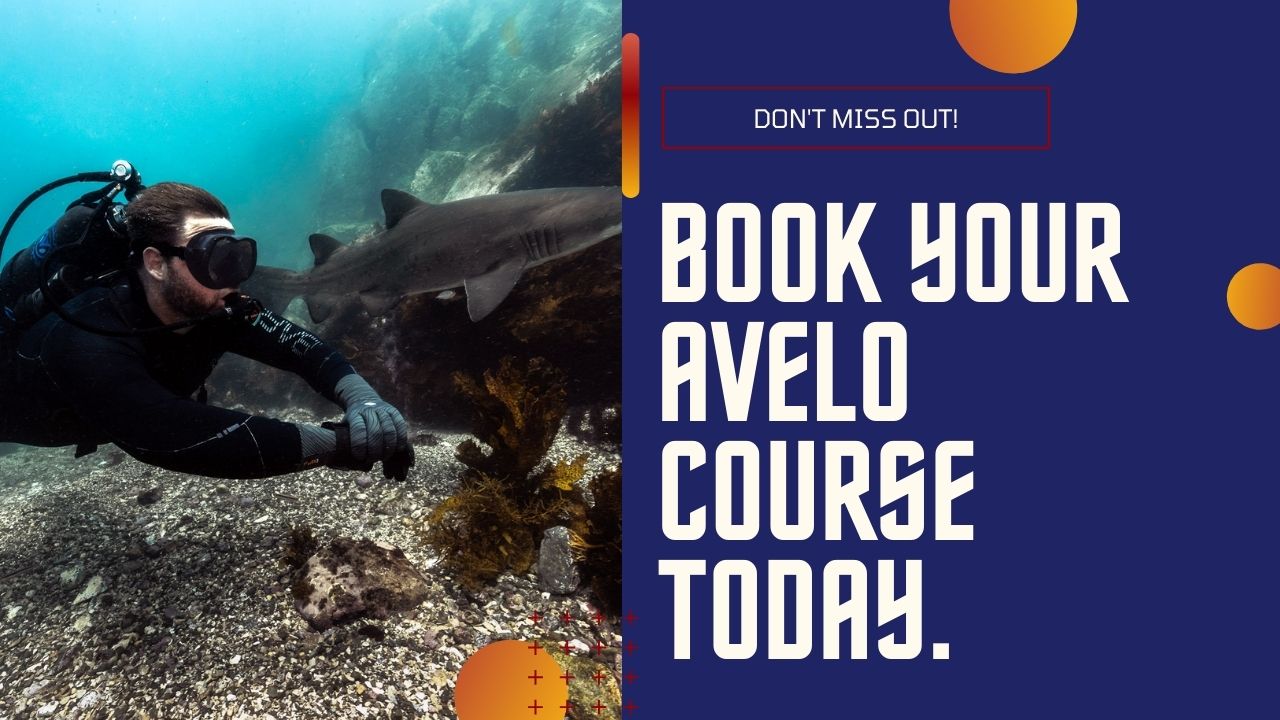You have 0 product(s) in your cart.
Abyss Scuba Diving
Top 5 Essential Skills Every Scuba Diving Enthusiast Should Master
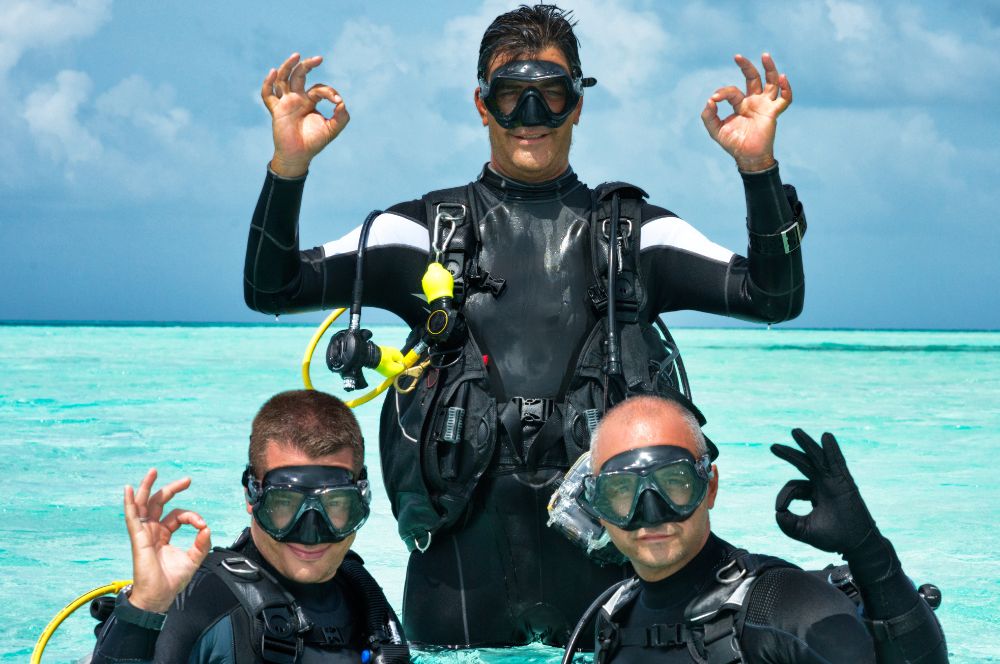
Top 5 Essential Skills Every Scuba Diving Enthusiast Should Master
Are you ready to take your scuba diving to the next level, or are you curious about essential techniques? This guide outlines the top skills for optimal safety and enjoyment underwater. You’ll learn about assessing dive conditions, the buddy system, gear maintenance, buoyancy control, and more. Designed for both new and experienced divers, our focus is on practical advice to hone your expertise and navigate the underwater world with confidence.
Key Takeaways
-
Conducting a thorough pre-dive assessment of environmental conditions is critical for diver safety and ensures better decisions regarding dive suitability.
-
The buddy system, including pre-dive checks (BWRAF) and mutual underwater support, is essential for enhancing diver safety and enjoyment of the dive experience.
-
Continuous skill development and adhering to certifications and comfort zones when diving are important for ensuring long-term safety and enjoyment of the sport.
Pre-Dive Preparation: Assessing Conditions
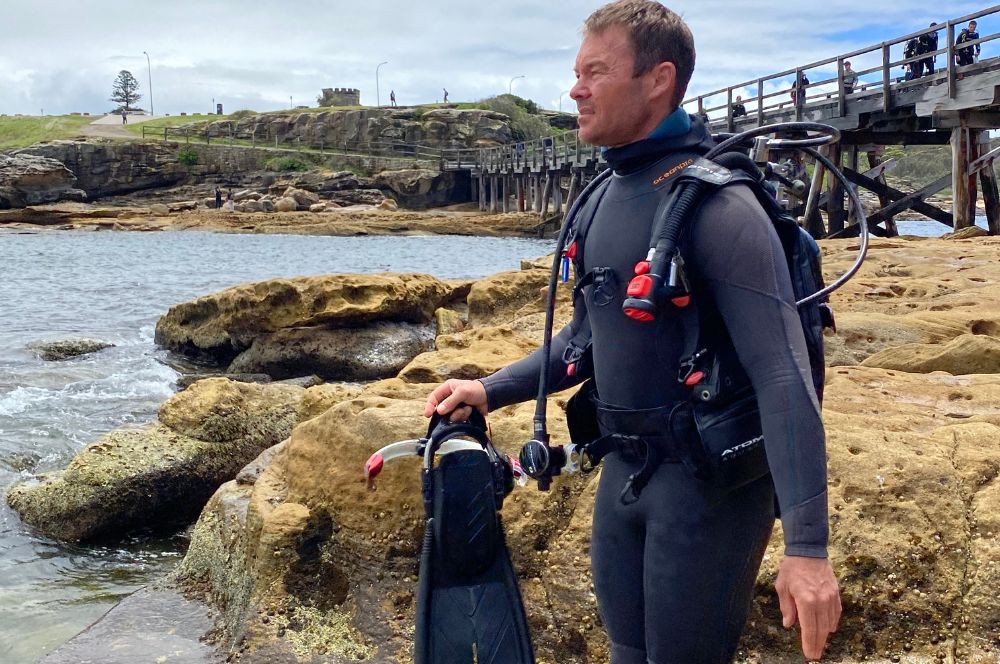
Before embarking on any dive, it’s vital to conduct a comprehensive evaluation of the conditions. Failing to properly gauge the following factors can lead to a less than ideal diving experience:
-
Wind direction and strength
-
Visibility
-
Currents
-
Temperature
A meticulous site evaluation should be integral to your pre-dive routine, taking into account:
-
Depth
-
Currents
-
Potential hazards
-
Notable marine life
Leveraging local knowledge and past experiences, including specific examples, can provide invaluable insights, enabling divers to make informed decisions about whether the conditions are suitable for their abilities.
Remember, the goal is to have an enjoyable and safe dive. If the conditions appear unfavorable, it’s better to postpone the dive. After all, the sea will always be there, and so will the chance to explore its depths.
The Buddy System: Ensuring a Safe Dive
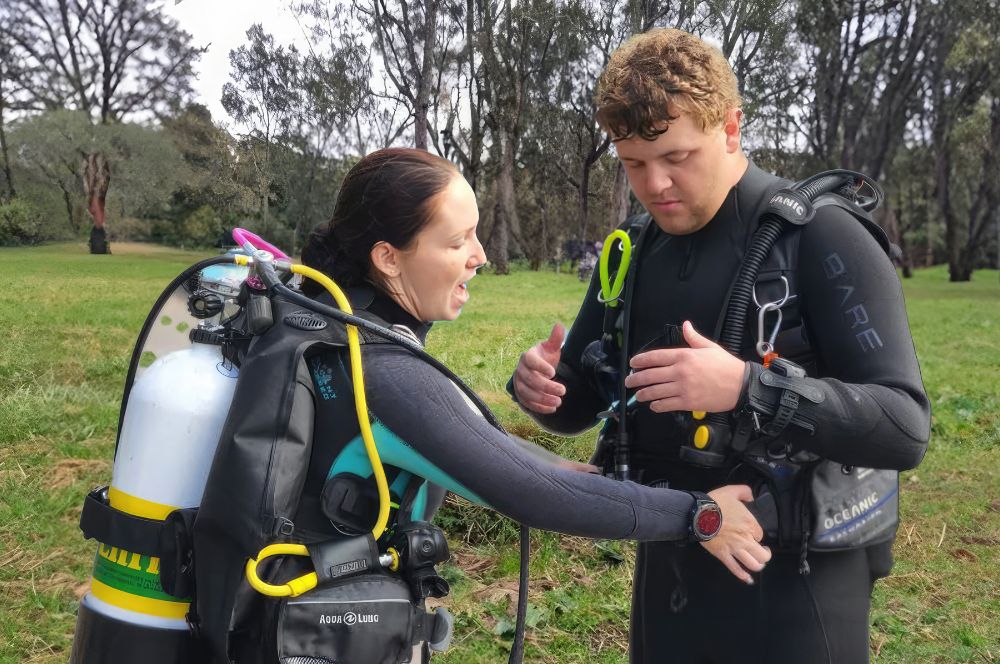
The buddy system plays a vital role in recreational diving, providing both practical and emergency support for each person. Having a dive buddy not only enhances safety but also enriches the diving experience.
Buddy checks, signified by the BWRAF acronym (Buoyancy/BCD, Weights, Releases, Air, and Final Check), ensure all gear is functioning properly. In situations such as air depletion or entanglement, a dive buddy serves as an immediate source of assistance.
Crystal Clear: Dive Mask Care
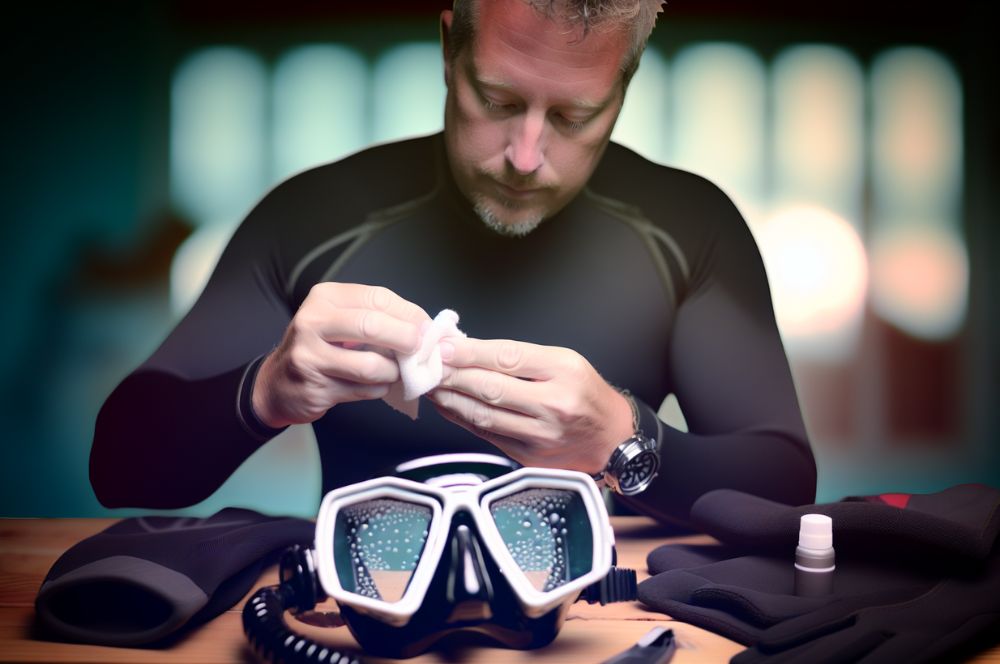
Maintaining and caring for your dive mask adequately is vital for unobstructed underwater visibility. A fogged-up mask can impair your view, taking away from the splendour of the underwater world.
New dive masks must be pre-cleaned to remove manufacturing residues that cause fogging. After each dive, follow these steps to properly clean and maintain your mask:
-
Soak your mask in warm water to remove salt.
-
Rinse it thoroughly.
-
Dry it completely.
-
Store it in a clean case away from sunlight.
Regular maintenance ensures the reliability and performance of your diving equipment.
Achieving Neutral Buoyancy: The Lead Weight Equation
Attaining neutral buoyancy is a key factor in scuba diving. The right amount of lead weight ensures optimal buoyancy control, allowing you to remain suspended in the water without sinking or floating.
The ideal amount of weight varies with individual factors such as body composition and equipment, alongside environmental factors like water salinity. Hence, personal trials and adjustments are critical for determining the optimal weight.
Remember, incorrectly calculating lead weights can lead to over-weighting, causing excessive air consumption or underweighting leading to uncontrolled ascent. Maintaining a personal log of weight configurations used in different diving conditions can provide a helpful reference for future dives.
Equalization Techniques Unveiled
To become a master in scuba diving, equalisation is a fundamental requirement. It involves opening the lower ends of the Eustachian tubes to allow air to enter, preventing barotrauma and ensuring comfortable diving.
There are various techniques for equalisation, from basic ones like the Valsalva manoeuver to advanced methods like the Frenzel Maneuver. Understanding and mastering these techniques are crucial for a comfortable and safe diving.
Ascending with Care: Avoiding Decompression Sickness
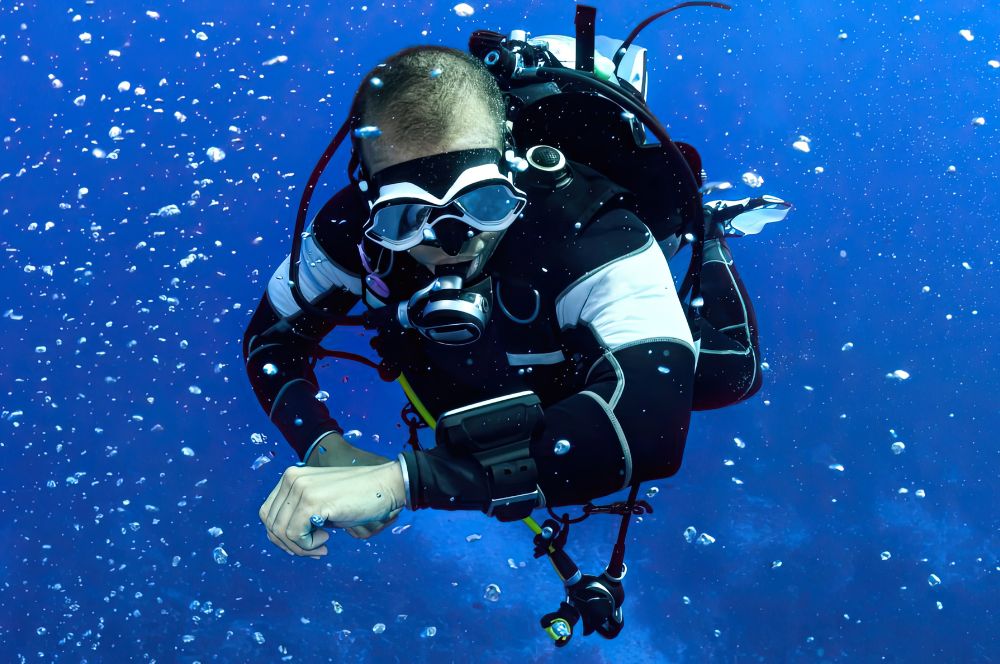
Ascending too quickly after a dive can lead to decompression sickness (DCS), a potentially dangerous condition caused by the formation of nitrogen bubbles in the bloodstream. Therefore, to prevent DCS, a slow ascent is necessary.
To manage the decompression stress on the body while diving, it is important to follow these guidelines:
-
Maintain slower ascent rates
-
Take safety stops
-
Stay well-hydrated
-
Avoid strenuous activity and alcohol post-dive
-
Adhere to a sufficient surface interval
Following these guidelines will help ensure a safe and enjoyable diving experience.
Respect for the Reef: Marine Environment Etiquette
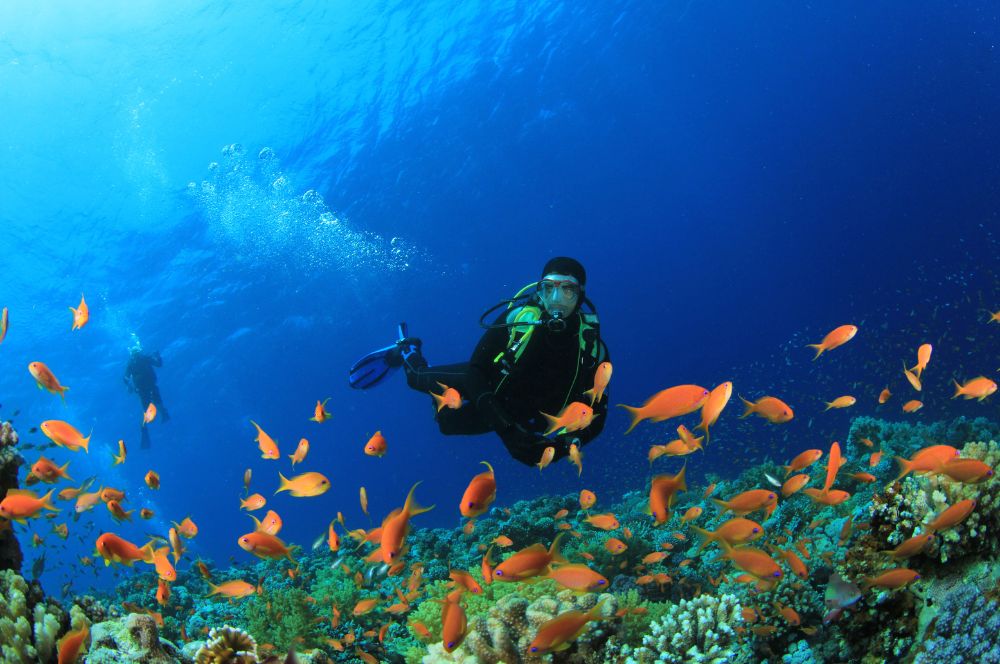
As divers, we must respect the marine environment we are privileged to explore. Touching marine life can damage delicate structures such as corals or even transfer diseases. Divers should maintain a safe distance from reefs and avoid accidental contact.
Divers have a responsibility to protect marine life and habitats. This includes avoiding stirring up sediment, not feeding marine animals, and choosing dive operators that prioritise conservation. Remember, when we dive, we are visitors in the underwater world, and we should act accordingly.
Underwater Pacing: Swimming Efficiently
Sustaining a relaxed and efficient swimming rhythm is key for an enjoyable diving experience. Swimming slowly can lead to lighter breathing, conserve air, and extend the duration of your dive.
Moreover, a slower pace often results in more intimate encounters with aquatic life. Moving at a measured speed minimises disturbance in the underwater environment, reducing the chances of scaring away sensitive species.
The Importance of Buoyancy Checks
Conducting buoyancy checks is a fundamental step in preparing for a dive. These checks help determine the exact amount of weight needed to counteract the buoyancy of your body and equipment, ensuring a safe and enjoyable dive.
An accurate buoyancy check involves:
-
Entering the water with a fully inflated BCD
-
Deflating the BCD while breathing normally
-
Checking if you’re floating at eye level when inhaling and sinking upon exhaling
If you pass these checks, your weight is correct.
Remember, achieving proper buoyancy is a process of trial and error. It’s important to perform checks at the end of a dive when the tank is nearly empty to have enough weight to stay submerged for a safety stop.
Diving Within Limits: Comfort Zone and Certification
Staying within your comfort zone and adhering to certification restrictions is essential for safety and maintaining situational awareness. Adhering to certification depth limits is essential to safely manage no-decompression limits, gas consumption, and potential effects of narcosis.
Before attempting dives beyond their current certification level, certified divers are advised to seek further education and training. Diving beyond one’s comfort zone can lead to stress, affecting decision-making skills and situational awareness, increasing the risk of accidents.
Remember, the goal is to enjoy the underwater world safely. So, always dive within your limits, and never hesitate to seek additional training or consider an introductory dive for more challenging dives.
Continuous Learning: Enhancing Your Dive Skills
In diving, the learning process is ongoing. For enriched underwater experiences, it’s vital to continually elevate your skills through progressive training and practice, just like mastering a foreign language. Completing the Avelo Dive Course alongside the Advanced Scuba Diver course is a great approach.
Consider taking the Avelo course right after the Open Water course to enhance diver comfort, air consumption, and buoyancy control. Achieving advanced scuba diver certifications not only boosts your confidence but also opens up a world of opportunities for more challenging and diverse dive sites. Plus, advanced training often leads to better air consumption rates, allowing for longer and more enjoyable dives.
Remember, every scuba dive is a chance to learn and improve. So, never miss out on the opportunity to enhance your skills and make the most of your underwater adventures at your chosen dive location.
Summary
Mastering the essential skills of scuba diving is key to unlocking an incredible underwater world. From pre-dive preparation to continuous learning, each aspect plays a crucial role in ensuring a safe and enjoyable dive.
So, whether you’re a newbie or a seasoned diver, remember to dive within your limits, respect the marine environment, and never stop learning. Happy diving!
Frequently Asked Questions
What is the full meaning of safety?
Safety is a state in which hazards and conditions leading to physical, psychological, or material harm are controlled in order to preserve the health and well-being of individuals and the community. It also refers to the condition of being safe from injury, danger, or loss.
How is scuba diving in Australia?
Scuba diving in Australia offers magnificent experiences, with opportunities to explore the Great Barrier Reef, historic shipwrecks like the SS Yongala, and a diverse marine life. Whether you're interested in diving with Manta Rays or exploring kelp forests, Australia provides endless scuba adventures.
How much can scuba diving cost?
When exploring scuba diving courses, the price usually reflects the quality provided. In Sydney, diving lessons vary from a very basic course at $199 to a top-tier option costing $1,500. For a quality course, expect to pay approximately $600.
Can beginners scuba dive?
Yes, once certifies beginners can scuba dive with the right equipment and experienced dive-master to help them. Don't let fears hold you back from this incredible adventure.
How should I prepare for a dive?
Before you dive, make sure to assess the conditions and perform a thorough site assessment to consider potential hazards and marine life. This will help ensure a safe and enjoyable dive experience.
RELATED POSTS
-
How Avelo Dive System Transforms Beginner…
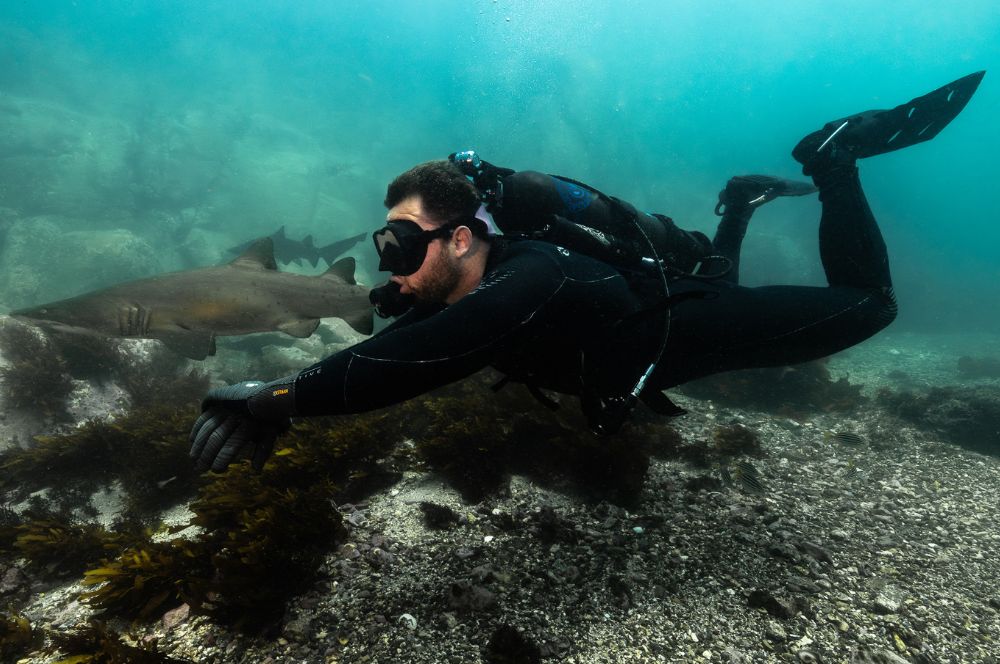
How Avelo Dive System…
Unlocking Underwater Adventures: How Avelo Dive System Transforms Beginner Diving Experiences Exploring the […] -
How Avelo's Dive Courses Revolutionize…
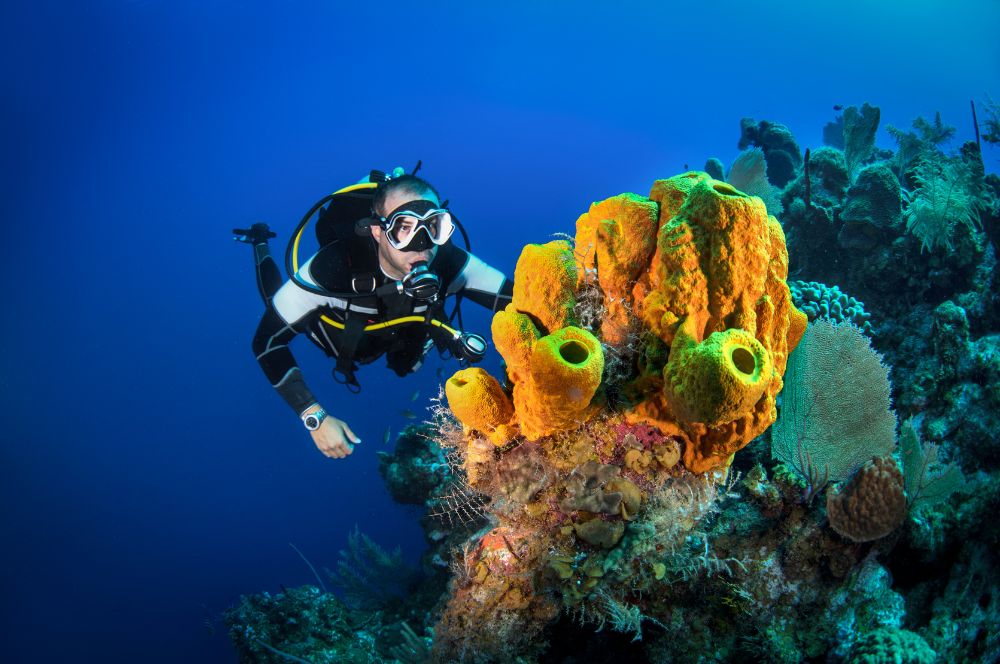
How Avelo's Dive Courses…
Unlock a New Underwater Adventure: How Avelo's Dive Courses Revolutionize Scuba Diving for Beginners If you're […] -
Why You Should Enroll in an Avelo Dive…
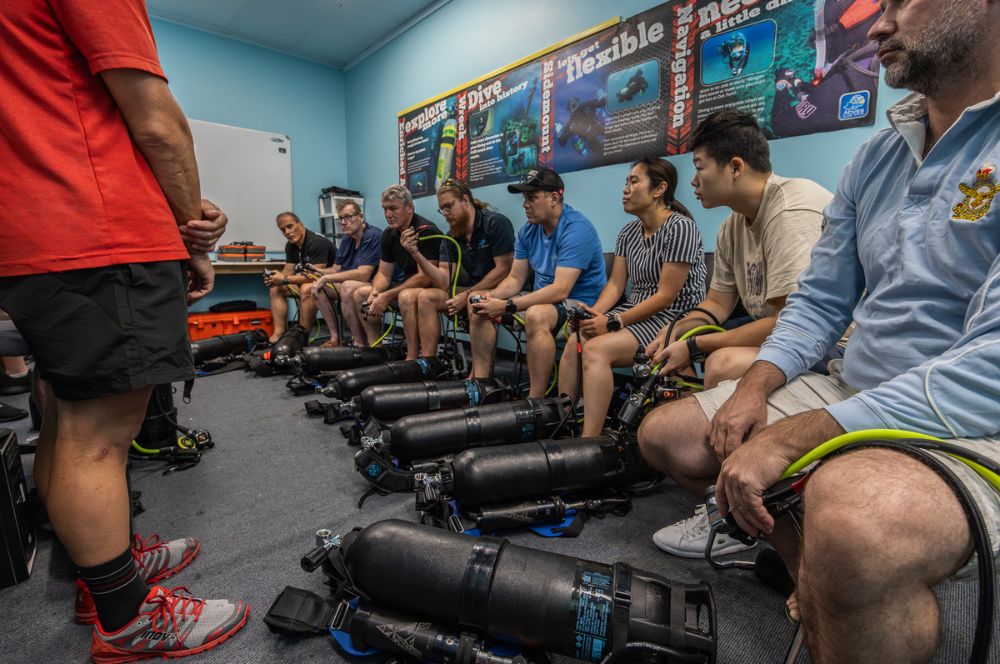
Why You Should Enroll…
Simply Better Scuba with Avelo: Why You Should Enroll in an Avelo Dive Course As an avid scuba diving enthusiast, […] -
A Game-Changer for Beginner Scuba Divers…
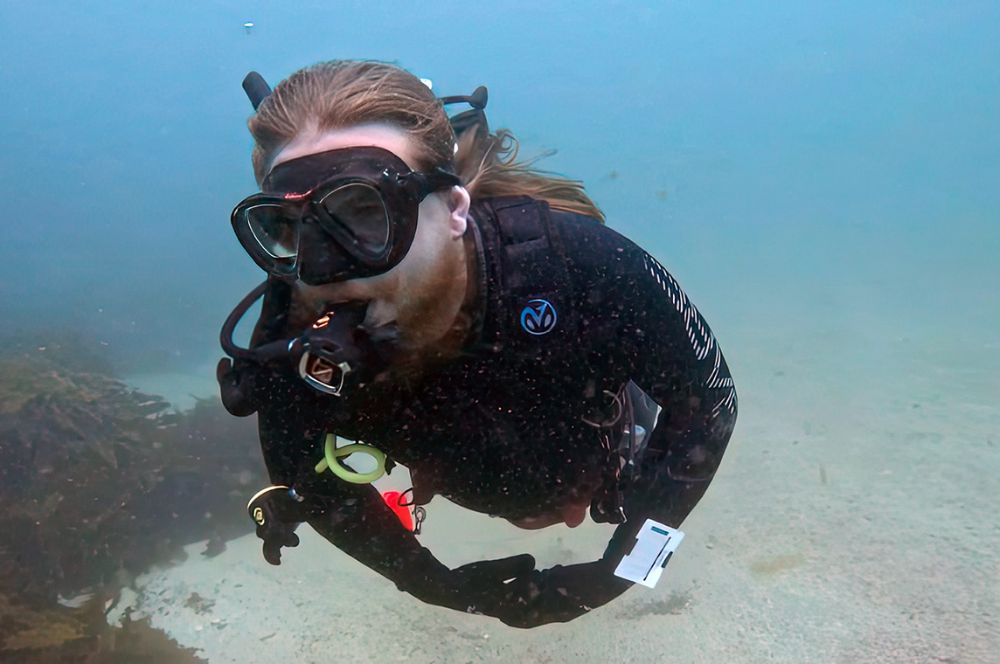
A Game-Changer for…
Dive Into the Future with the Avelo Dive System: A Game-Changer for Beginner Scuba Divers If you're new to […]
Recent Posts
